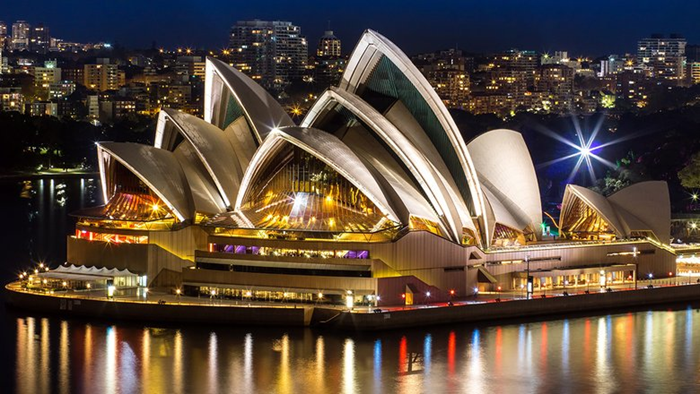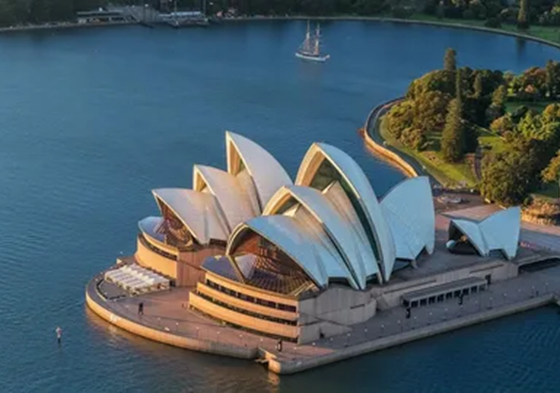The Sydney Opera House celebrates its 50th anniversary. Aliya Sharifullina will tell us about the bold architectural project of the Dane Jørn Utzon, which opened a new page in the history of architecture.
A building inspired by orange peel. The Sydney Opera House is one of the most recognizable buildings of the 20th century. It is known even to those who have never been to Australia or the opera. And Peter Tucker is familiar with every corner. He has been working here since 1971. He came to the construction site two years before the opening of the theater and stayed for half a century. “I was only 19 years old, I had just finished school and was going to become a father… And suddenly I found myself in the theater, or rather on the construction site. I was simply amazed by the grand scale! Interestingly, on my first day at work, my son was born! I consider this a pleasant sign,” said foreman Peter Tucker.
The Sydney Opera House is a fairly young theater. It was opened in 1973 with the participation of Queen Elizabeth II. But the idea for its creation appeared much earlier, when in 1956 the Australian authorities announced an international competition for the best design of a cultural facility in Sydney. 223 projects took part in the competition, and the winner was a little-known Danish architect Jorn Utzon. His project consisted of only a few simple sketches, but the boldness and originality of the idea amazed the jury. It was a transition from a conservative industrial style in architecture to structural expressionism.
“The peculiarity of this style is the use of natural, organic forms. Jorn Utzon conceived the building as a set of shells that would simultaneously resemble ocean waves. The architect wanted to take viewers out of the usual routine into a world of fantasy,” explained Laura Matarese, head of the Sydney Opera House Heritage Conservation Department.
The visually attractive design turned out to be difficult to implement. Construction dragged on for 14 years. Utzon failed to complete his project. He was accused of cost overruns and unprofessionalism. The architect had to leave Australia, and the theater was completed by local workers. But in 2003, Jorn Utzon received the Pritzker Prize – the “Nobel Prize” for architects “for a building that was ahead of its time and changed the image of an entire country.” The building itself was recognized as a UNESCO World Heritage Site in 2007.
“More than a million scaly tiles were needed for the roof cladding alone. This is a truly unique project. It is not for nothing that it is called the New Wonder of the World. According to our calculations, over 50 years, 118 thousand performances took place here and 63 million seats were sold,” said Fiona Winning, head of programming at the Sydney Opera House.
One of the most important symbols in the history of 20th century architecture is open to the general public 24 hours a day, 363 days a year. The only exceptions are Christmas and Good Friday. Every year, the building is visited by about 11 million people. Despite all the difficulties and expenses, the appearance of this theater led to the emergence of so-called attraction buildings: they surprise with non-standard forms and attract tourists. And the builders tried out unique technologies that are now familiar to designers.


